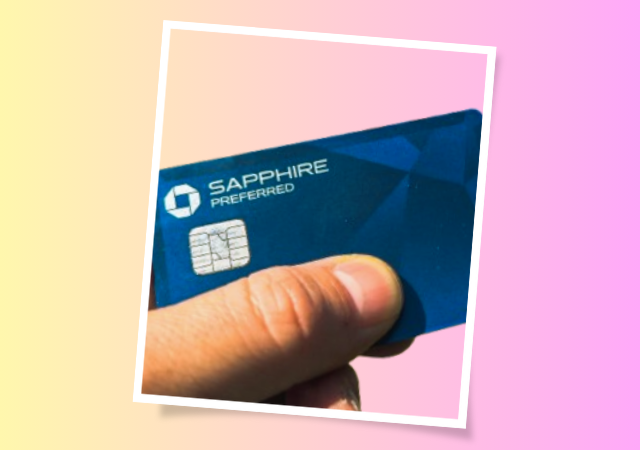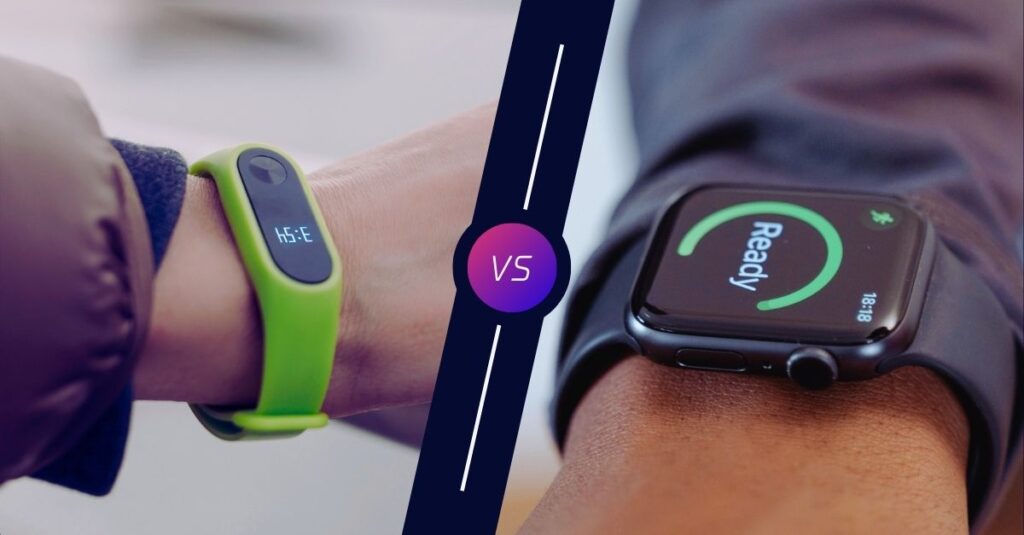Why Most People Get DENIED for Chase Sapphire (And How to Avoid It)
Introduction:
You’ve heard the hype—massive sign-up bonuses, premium travel perks, and that sleek metal card that makes your wallet feel luxurious. The Chase Sapphire Preferred® and Chase Sapphire Reserve® are two of the most coveted travel credit cards out there.
But here’s the brutal truth: Chase denies more applicants than you’d think—even people with good credit scores.
Why?
Because Chase has secret approval rules that most people don’t know about. And if you don’t play by them, you’ll get rejected—no matter how great your credit is.
In this guide, we’ll uncover:
-
The real reasons Chase denies Sapphire applications (beyond just credit score)
-
How to check if you’re pre-approved without hurting your credit
-
Step-by-step strategies to boost your approval odds
-
What to do if you’ve already been denied
By the end, you’ll know exactly how to position yourself for approval—so you can finally unlock those 50,000+ point bonuses and premium travel benefits.
Let’s dive in and uncover why most people get denied for the Chase Sapphire card – and exactly how you can avoid these common pitfalls.
1. The 5 Biggest Reasons Chase Denies Sapphire Applications

1. You’re Over the 5/24 Rule (The #1 Killer)
Chase has an unofficial but strict policy called the 5/24 rule. If you’ve opened five or more personal credit cards (from any bank) in the last 24 months, Chase will automatically deny you—no exceptions.
Why it happens:
-
Many people don’t even know this rule exists.
-
Even store credit cards (like Amazon or Best Buy) count toward your 5/24 status.
How to fix it:
-
Check your credit report (Credit Karma or Experian) to count your recent cards.
-
If you’re at 5/24 or higher, wait until you drop below before applying.
2. Your Credit Score Is Too Low (Or Too New)
While Chase doesn’t publish exact requirements, data points suggest:
-
Sapphire Preferred® needs at least a 700+ FICO score.
-
Sapphire Reserve® prefers 720+ (sometimes 750+ for high limits).
But here’s the catch: Even a 750+ score doesn’t guarantee approval if other factors (like income or credit history) are weak.
Why it happens:
-
Thin credit files (less than 1-2 years of history) often get denied.
-
High balances on existing cards hurt your chances.
How to fix it:
-
Use Experian Boost to add utility bills to your credit report.
-
Pay down balances below 10% utilization before applying.
3. You Don’t Have a Relationship with Chase
Chase favors existing customers. If you have a checking account, savings account, or another Chase card, your approval odds go up.
Why it happens:
-
Chase can see your banking behavior (deposits, overdrafts, etc.).
-
No history with Chase = higher risk in their eyes.
How to fix it:
-
Open a Chase checking account (even with a small balance).
-
Use it for direct deposits or small transactions for 3-6 months before applying.
4. Your Income Doesn’t Support the Card’s Limit
The Sapphire Reserve® has a $10,000+ minimum limit, and Chase wants to see that you can handle it.
Approximate income benchmarks:
-
Sapphire Preferred®: $40,000+ annual income.
-
Sapphire Reserve®: $80,000+ (sometimes higher for big limits).
Why it happens:
-
If your reported income seems too low for the card’s tier, Chase may reject you.
-
Self-employed applicants often get denied if income isn’t well-documented.
How to fix it:
-
Include all eligible income (side gigs, rental income, investments).
-
If denied, call reconsideration and explain your income sources.
5. You Applied for Too Many Cards Recently
Even if you’re under 5/24, Chase doesn’t like seeing:
-
Multiple credit applications in a short time.
-
Recent Chase card approvals (they have a 2/30 rule—max 2 cards in 30 days).
Why it happens:
-
Too many recent inquiries signal financial stress.
-
Chase may suspect you’re “credit-seeking.”
How to fix it:
-
Space out applications (at least 3-6 months between Chase cards).
-
Avoid applying for other cards at least 3 months before Sapphire.
2. How to Check for Pre-Approval (Without Hurting Your Credit)

Before applying, always check pre-approval. It’s a soft pull (no credit hit) and gives you a strong hint of approval odds.
Step 1: Visit Chase’s Pre-Qualification Page
Go to Chase’s pre-qualification tool and enter:
-
Name
-
Address
-
Last 4 digits of SSN
Step 2: See If Sapphire Cards Appear
If Sapphire Preferred® or Reserve® show up, your odds are good. If not, you may need to improve your profile first.
Step 3: Don’t Mistake Pre-Qualified for Guaranteed
Pre-approval is not a 100% guarantee, but it’s the best sign you’ll get before applying.
3. How to Dramatically Increase Your Approval Odds
1. Lower Your Credit Utilization
-
Pay down cards to under 10% utilization (ideally 1-5%).
-
High balances = red flag for Chase.
2. Become a Chase Customer
-
Open a Chase checking account and use it regularly.
-
Set up direct deposit if possible.
3. Wait If You’re Over 5/24
-
Track your new accounts and pause applications until you’re under 5/24.
4. Apply at the Right Time
-
Data suggests Tuesdays and Wednesdays have higher approval rates.
-
Avoid applying near holidays (underwriters are busy).
4. What to Do If You’ve Already Been Denied
1. Call Reconsideration Immediately
-
Dial 1-888-270-2127 (Chase reconsideration line).
-
Politely ask for a manual review.
2. Move Credit Limits (If You Have Other Chase Cards)
-
If you have a Chase Freedom® or Slate, ask to shift credit limits to your new Sapphire card.
3. Reapply in 30-90 Days
-
Fix the issue (e.g., lower utilization, wait for 5/24).
-
Reapply when your profile is stronger.
Final Thoughts: Don’t Give Up!
Getting denied for the Chase Sapphire card isn’t the end. Most rejections are fixable—you just need the right strategy.
Recap of key steps:
✅ Check 5/24 status before applying.
✅ Boost your credit score to 700+ (720+ for Reserve).
✅ Become a Chase customer (open a checking account).
✅ Always check pre-approval first.
✅ Call reconsideration if denied.
Follow these steps, and you’ll dramatically increase your odds of holding that shiny metal card—and unlocking its luxury travel perks.
Hope you liked this article on Why Most People Get DENIED for Chase Sapphire (And How to Avoid It)! If you found these tips helpful, share it with a friend who’s been eyeing that shiny metal card—or drop a comment below if you’ve battled Chase’s approval process before. Got questions? Ask away, and I’ll help you crack the code!

My name is Rohit Vagh and I’m a content writer specializing in fashion and lifestyle. I have three years of experience in this field and have written various articles. My writing style is creative and engaging, and I strive to create content that resonates with my readers. I have a deep passion for fashion and am constantly researching the latest trends and styles to make sure my readers are up to date. I’m excited to continue my career in blogging, and I’m always looking for new opportunities in the fashion and lifestyle space.





